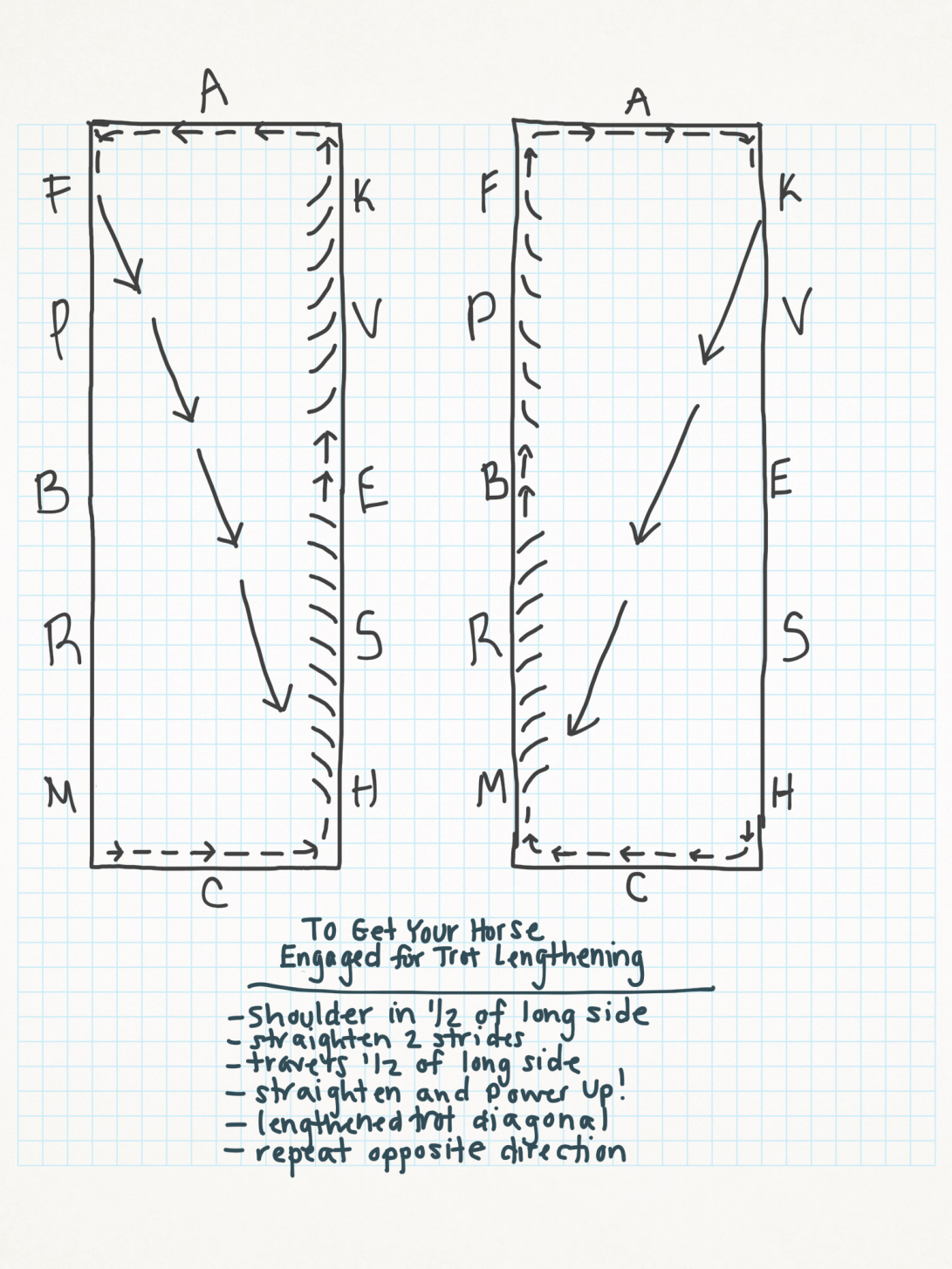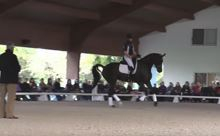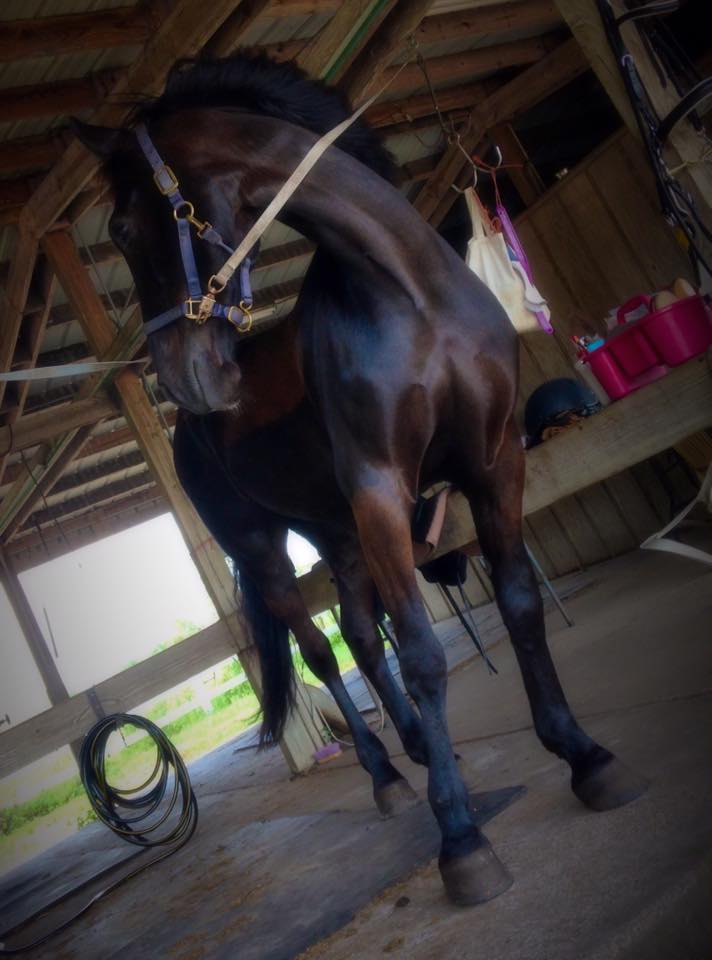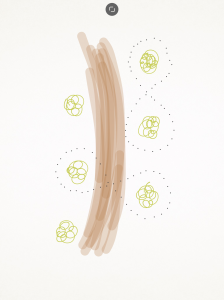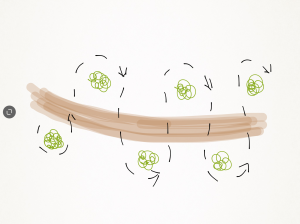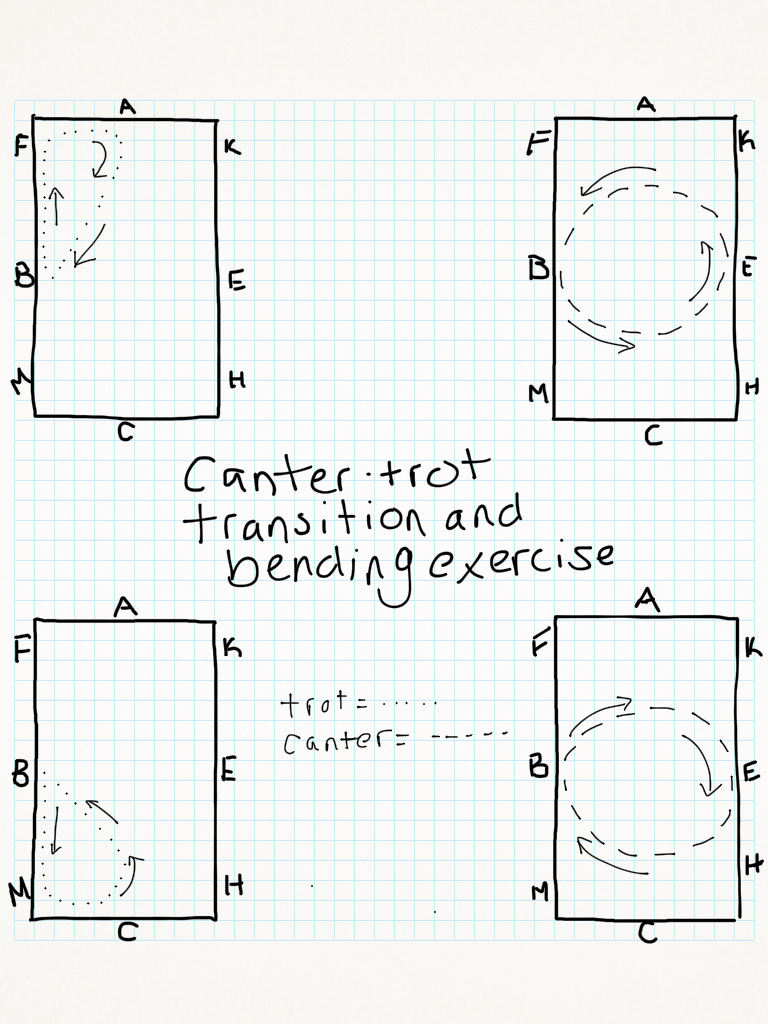Smartphone App Review: Equilab
By: Jen West
As an AA rider I spend the majority of my time independently schooling and training my horse. While I do take lessons and attend clinics fairly regularly, I am always looking for ways to get more feedback on those sc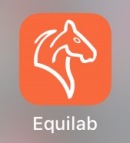 hooling sessions in which I am working alone. That’s why I was excited to find and try out the Equilab app, available on iOS, Android, and smartwatches. Equilab is free to download and use with no options of in-app purchases at this time.
hooling sessions in which I am working alone. That’s why I was excited to find and try out the Equilab app, available on iOS, Android, and smartwatches. Equilab is free to download and use with no options of in-app purchases at this time.
The Equilab app is designed to give you the ability to track your rides “Like an imaginary friend keeping an eye on your gait, beat, stride, distance” according to Equilab’s website https://equilab.horse/. The app tracks your horse’s gait (how much time you spend standing still, walking, trotting, or cantering), stride beats per minute, stride length, and distance through the use of GPS tracking while you are schooling your horse. Not only can you see details in numeric and graphic forms, the app also provides you with an overall summary and expandable details. The only requirement is that the app is running in the background of your device and is either on your body if you’re riding or attached to your horse in some way (perhaps to your tack) if you are working the horse from the ground. The app is simple to begin using after downloading with only about 5 minutes needed to enter details about yourself, your horse, and your usual riding location.
While I don’t frequently use all of the data the app tracks during my schooling sessions, there are many pieces I find very useful. At the beginning of a schooling session, you have the ability to select the type of training you are doing (dressage, jumping, endurance, lunging, trail, etc.) and the app begins tracking your session as soon as you press the “Start Ride” button. Once you indicate that you’ve finished your ride, you are presented with a screen where you can rate your own and your horse’s performance, select the type of surface in which you were working, mark whether you were working in a private training session or not, and also input any notes about the ride you’d like to remember (Figure 1).
Once you have completed and saved this information, you will then be directed to the meat of the app. This is where all of the fun stuff is available for you to review!
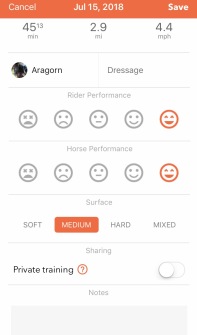
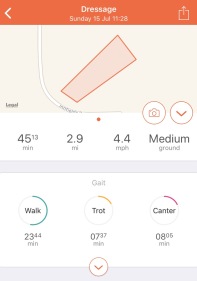
At the top of the page (you can keep scrolling with options to expand sections to see details) you will see a summary of your ride (Figure 2). The summary includes your total session time, your total distance ridden, your average speed and how much time you spent in each gait.
You can then expand the Gait section of the summary page to get further details of your ride (Figure 3) including how many miles ridden in each gait, the average MPH of each gait, the average stride length of each gait, and the average beats (strides) per minute (BPM) of each gait.

Further down the page, you find sections entitled Turns Distribution, Performance Summary (based upon your own ratings entered at the end of your ride), Energy Consumption, Details, and Notes (entered at the end of your ride). Personally, I prefer to skip over most of these sections and instead focus on the Details section. This section of the app expands to give the user a visual representation of what their ride looked like (Figure 4). Under the Gait graph, you can get a visual of where (in time) you spent working each of the gaits, how much time you spent in each gait between transitions, as well as where your major transitions were during your ride (I use the term major transitions because the app does not appear to capture short transitions where I may have spent only a stride or two in a gait before transitioning to another). Additionally, you will find graphs detailing strides per minute, speed, and stride length.
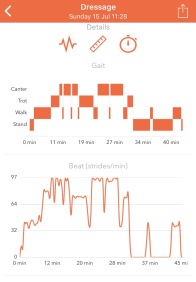
There are additional features the app contains that allows you to share your information among other app users, allows you to track workouts for the same horse with different riders, and allows you to track workouts for the same rider with different horses. These features give you the invaluable tool of tracking progress through time and having the data at your fingertips to share with your trainer and plan future training sessions.
After my first few weeks using Equilab, I learned a few things about my schooling rides. First, I found that I sometimes get very lost in time and wind up riding much longer than I realize (my longest clocked ride to this date is 97 minutes! Wow!). This is not a bad thing, of course, but it did help me understand why my horse may have been acting naughty towards the end of the ride, as he tends to do when he is tired. Second, I spend a lot less time working the canter than I thought. No wonder I wasn’t seeing as much progress in improving our canter work as I had liked! Third, I really like seeing my horse’s gait details such as average speed, stride length and strides per minute. As I work hard to move up the levels, I am working to develop more collection within each of the strides. When I see that my average canter speed and stride length is the same or less than my average trot speed and stride length, I am encouraged knowing that (theoretically) my horse is getting stronger and developing more collection in his canter (his toughest gait).
I am a firm believer that awareness is the first step to change and that is exactly what Equilab has provided me: a higher level of awareness enabling me the ability to plan future schooling sessions and use my time as wisely as possible during those sessions. Equilab is also a valuable tool for use as a riding journal. As far as I can tell, the notes section has no character limit and is simple to edit as often as needed. I like the overall snapshot I get of individual rides, week’s rides and month’s rides as well. The app stores all of the data it collects and does not seem to have a storage limit.
Overall, I enjoy using Equilab to view a fairly comprehensive summary of each of my rides. It is user-friendly, visually appealing, and easy to use. It has motivated me to delve deeper into understanding my horse’s progress and fitness and has allowed me to adjust my short term riding goals to enhance and more efficiently reach my long term goals. Give it a try- you just might like it!


